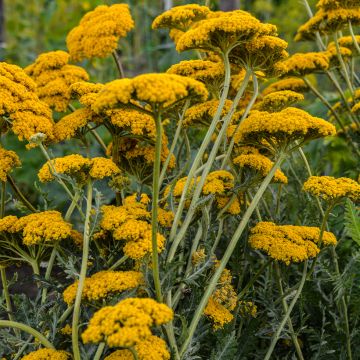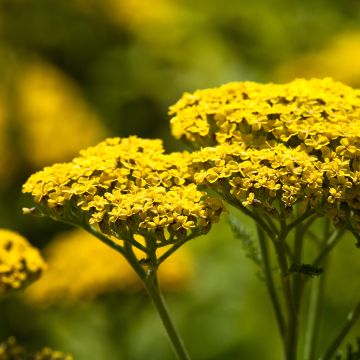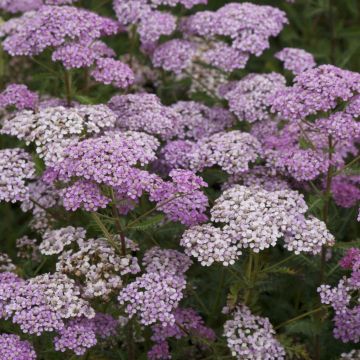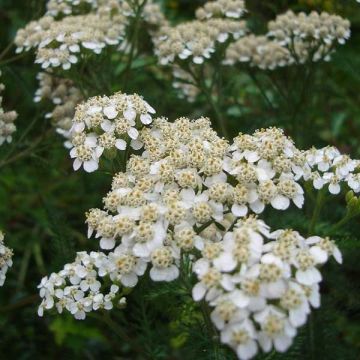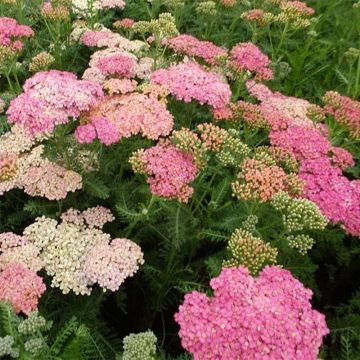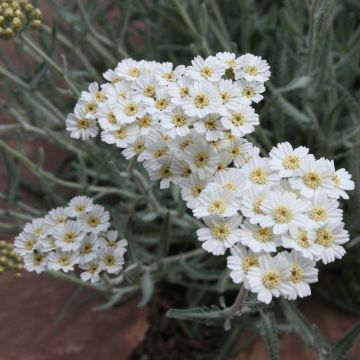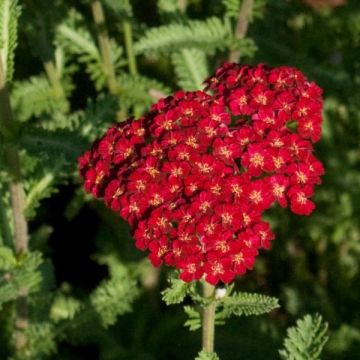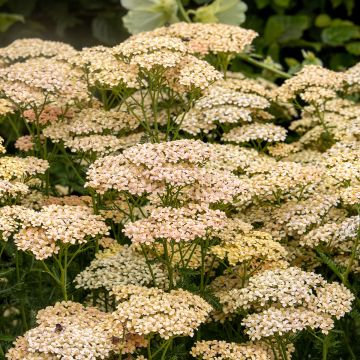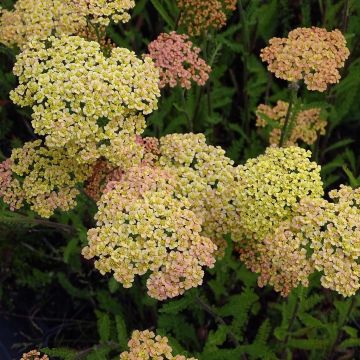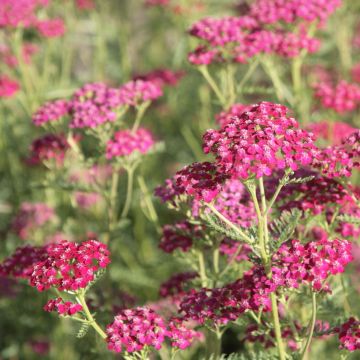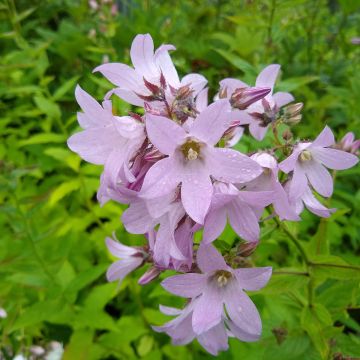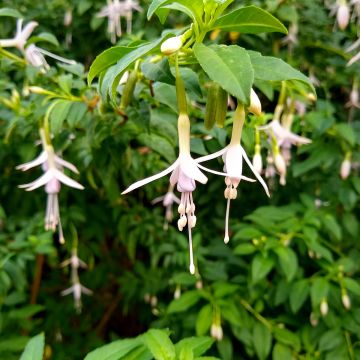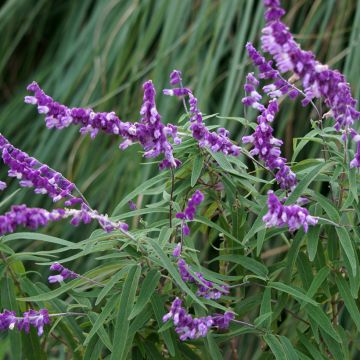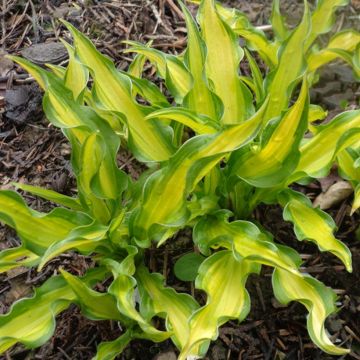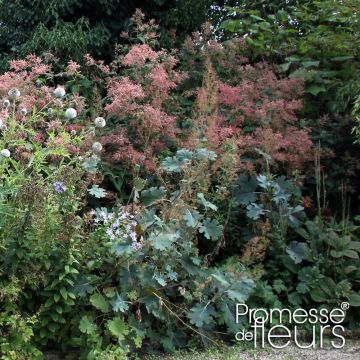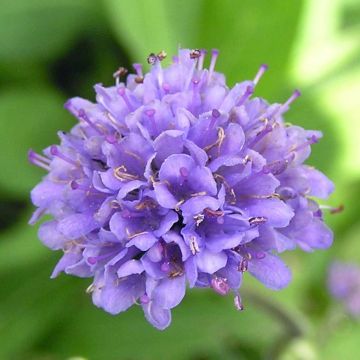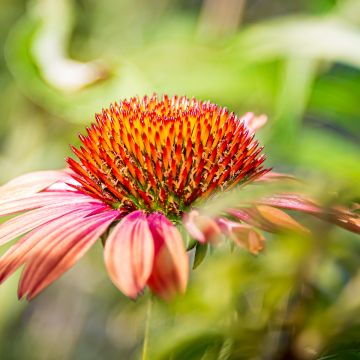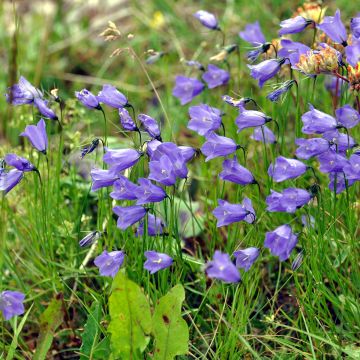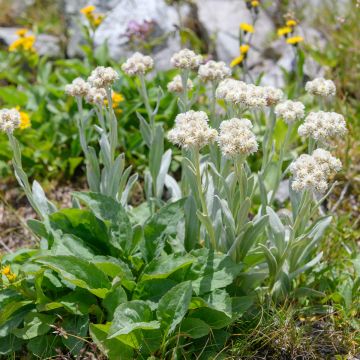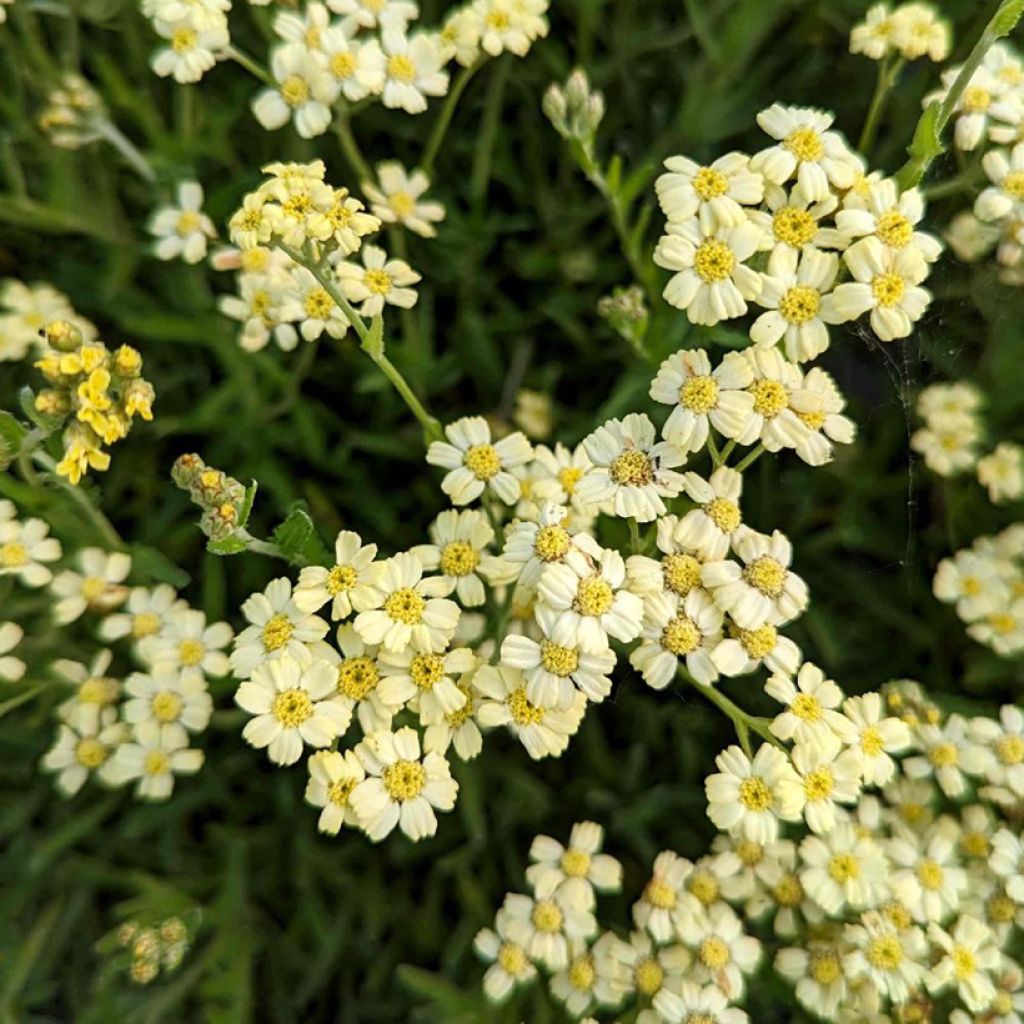

Achillea King Edward
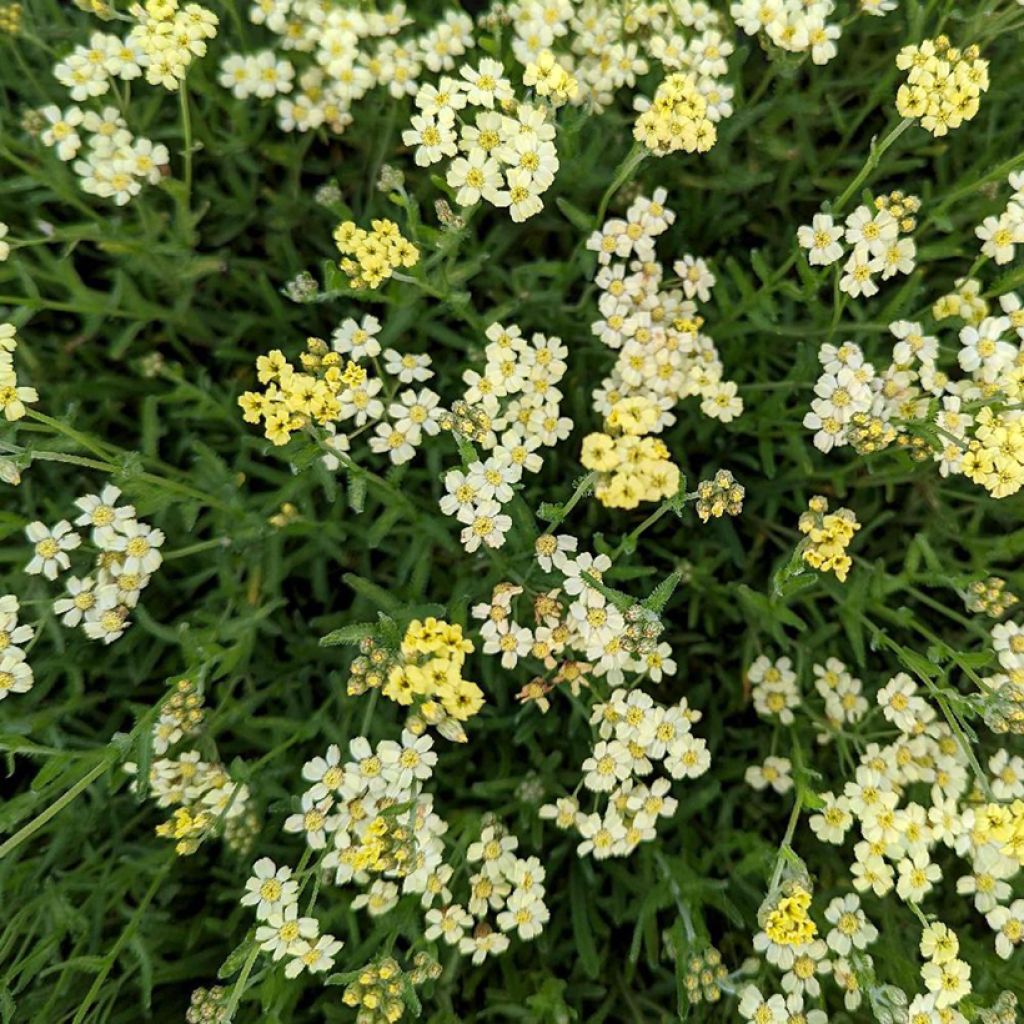

Achillea King Edward
Achillea King Edward
Achillea tomentosa x clavennae (x lewisii) King Edward
Yarrow
High-quality plant: well-rooted, rootstock ready to sprout, and healthy foliage. Revised translation: "High-quality plant: well-rooted, rootstock ready to sprout, and healthy foliage." Analysis of revised translation: The revised translation accurately conveys the meaning of the original text while maintaining the appropriate tone. There are no spelling or grammar errors, and the structure of the sentence is correct. The choice of words and expressions is suitable for the context. Overall, the revised translation is linguistically correct.
FaFa, 08/01/2024
This item cannot be shipped to the selected country
Delivery charge from €5.90
More information
Schedule delivery date,
and select date in basket
This plant carries a 12 months recovery warranty
More information
We guarantee the quality of our plants for a full growing cycle, and will replace at our expense any plant that fails to recover under normal climatic and planting conditions.
From €5.90 for pickup delivery and €6.90 for home delivery
Express home delivery from €8.90.
Does this plant fit my garden?
Set up your Plantfit profile →
Description
The 'King Edward' Achillea x lewisii is a low-growing and spreading yarrow whose flower stems do not exceed 10 to 15 cm (4 to 6in) in height. Its fine foliage forms an evergreen cushion of silvery grey to olive green. Between spring and summer, depending on the climate, it is covered in umbels of yellowish cream flowers. Like taller yarrows, it is drought-resistant and thrives in well-drained, poor, rocky or sandy soil. It spreads and can form an effective ground cover, provided it is planted in numbers, in less trafficked areas of the garden.
The 'King Edward' Achillea x lewisii is a hybrid between the tomentosa and clavennae species. Like all yarrows, it belongs to the asteraceae family. 'King Edward', with slow growth, forms a ground cover that suckers and roots slowly, forming a compact carpet of 4-5 cm (2in) in height that can withstand moderate foot traffic. The foliage dries up and disappears in summer if it becomes too dry, with the plant going dormant until the return of rain. With occasional watering in summer, a delightful green carpet can be maintained throughout the year. The finely dissected foliage, green in winter, then becomes covered in abundant white hair. This thick fleece gives the leaves a remarkable silvery grey colour in late spring and summer. Flowering is more or less in spring depending on the climate, in warmer climates the flowering period extends from April to May. Under harsher climates, it is more summer-flowering, between June and early September. From the carpet of leaves emerge flower stems 15 cm (6in) in height, producing compact and rounded flower heads, in 5-6 cm (2in) umbels, bearing a multitude of tiny yellowish cream flowers that age to a creamy yellow.
The 'King Edward' Achillea lewisii is very hardy in well-drained soil, but it dislikes heavy and compact soils that remain very moist in winter, which can cause it to disappear. Undemanding, it adapts to any well-drained soil, in full sun or partial shade. It is an ideal plant for ground cover and greening slopes in dry areas of the garden. It is perfect in rockeries, along paths or borders, between paving stones. It can be paired with other plants that can be used as lawn alternatives. This plant can help prevent weed growth by releasing chemicals from its leaves that stop the germination and growth of weeds.
Report an error about the product description
Flowering
Foliage
Plant habit
Botanical data
Achillea
tomentosa x clavennae (x lewisii)
King Edward
Asteraceae
Yarrow
Cultivar or hybrid
Other Achillea
Planting and care
When planting Achillea x lewisii 'King Edward', choose a sunny location with well-draining soil that isn't too rich, sandy or stony. It can handle lime, but avoid planting it in very clayey, compact and wet soils in winter. Water generously during planting and for a few weeks afterwards. After that, the plant can rely on precipitation except in very dry and hot climates where extra watering may be needed to prevent the foliage from drying out. To keep the plant looking good, trim it along the edges and remove faded flowers. It's recommended to plant 6 to 9 plants per square metre.
Planting period
Intended location
Care
-
, onOrder confirmed
Reply from on Promesse de fleurs
Summer flowering perennials
Haven't found what you were looking for?
Hardiness is the lowest winter temperature a plant can endure without suffering serious damage or even dying. However, hardiness is affected by location (a sheltered area, such as a patio), protection (winter cover) and soil type (hardiness is improved by well-drained soil).

Photo Sharing Terms & Conditions
In order to encourage gardeners to interact and share their experiences, Promesse de fleurs offers various media enabling content to be uploaded onto its Site - in particular via the ‘Photo sharing’ module.
The User agrees to refrain from:
- Posting any content that is illegal, prejudicial, insulting, racist, inciteful to hatred, revisionist, contrary to public decency, that infringes on privacy or on the privacy rights of third parties, in particular the publicity rights of persons and goods, intellectual property rights, or the right to privacy.
- Submitting content on behalf of a third party;
- Impersonate the identity of a third party and/or publish any personal information about a third party;
In general, the User undertakes to refrain from any unethical behaviour.
All Content (in particular text, comments, files, images, photos, videos, creative works, etc.), which may be subject to property or intellectual property rights, image or other private rights, shall remain the property of the User, subject to the limited rights granted by the terms of the licence granted by Promesse de fleurs as stated below. Users are at liberty to publish or not to publish such Content on the Site, notably via the ‘Photo Sharing’ facility, and accept that this Content shall be made public and freely accessible, notably on the Internet.
Users further acknowledge, undertake to have ,and guarantee that they hold all necessary rights and permissions to publish such material on the Site, in particular with regard to the legislation in force pertaining to any privacy, property, intellectual property, image, or contractual rights, or rights of any other nature. By publishing such Content on the Site, Users acknowledge accepting full liability as publishers of the Content within the meaning of the law, and grant Promesse de fleurs, free of charge, an inclusive, worldwide licence for the said Content for the entire duration of its publication, including all reproduction, representation, up/downloading, displaying, performing, transmission, and storage rights.
Users also grant permission for their name to be linked to the Content and accept that this link may not always be made available.
By engaging in posting material, Users consent to their Content becoming automatically accessible on the Internet, in particular on other sites and/or blogs and/or web pages of the Promesse de fleurs site, including in particular social pages and the Promesse de fleurs catalogue.
Users may secure the removal of entrusted content free of charge by issuing a simple request via our contact form.
The flowering period indicated on our website applies to countries and regions located in USDA zone 8 (France, the United Kingdom, Ireland, the Netherlands, etc.)
It will vary according to where you live:
- In zones 9 to 10 (Italy, Spain, Greece, etc.), flowering will occur about 2 to 4 weeks earlier.
- In zones 6 to 7 (Germany, Poland, Slovenia, and lower mountainous regions), flowering will be delayed by 2 to 3 weeks.
- In zone 5 (Central Europe, Scandinavia), blooming will be delayed by 3 to 5 weeks.
In temperate climates, pruning of spring-flowering shrubs (forsythia, spireas, etc.) should be done just after flowering.
Pruning of summer-flowering shrubs (Indian Lilac, Perovskia, etc.) can be done in winter or spring.
In cold regions as well as with frost-sensitive plants, avoid pruning too early when severe frosts may still occur.
The planting period indicated on our website applies to countries and regions located in USDA zone 8 (France, United Kingdom, Ireland, Netherlands).
It will vary according to where you live:
- In Mediterranean zones (Marseille, Madrid, Milan, etc.), autumn and winter are the best planting periods.
- In continental zones (Strasbourg, Munich, Vienna, etc.), delay planting by 2 to 3 weeks in spring and bring it forward by 2 to 4 weeks in autumn.
- In mountainous regions (the Alps, Pyrenees, Carpathians, etc.), it is best to plant in late spring (May-June) or late summer (August-September).
The harvesting period indicated on our website applies to countries and regions in USDA zone 8 (France, England, Ireland, the Netherlands).
In colder areas (Scandinavia, Poland, Austria...) fruit and vegetable harvests are likely to be delayed by 3-4 weeks.
In warmer areas (Italy, Spain, Greece, etc.), harvesting will probably take place earlier, depending on weather conditions.
The sowing periods indicated on our website apply to countries and regions within USDA Zone 8 (France, UK, Ireland, Netherlands).
In colder areas (Scandinavia, Poland, Austria...), delay any outdoor sowing by 3-4 weeks, or sow under glass.
In warmer climes (Italy, Spain, Greece, etc.), bring outdoor sowing forward by a few weeks.

































